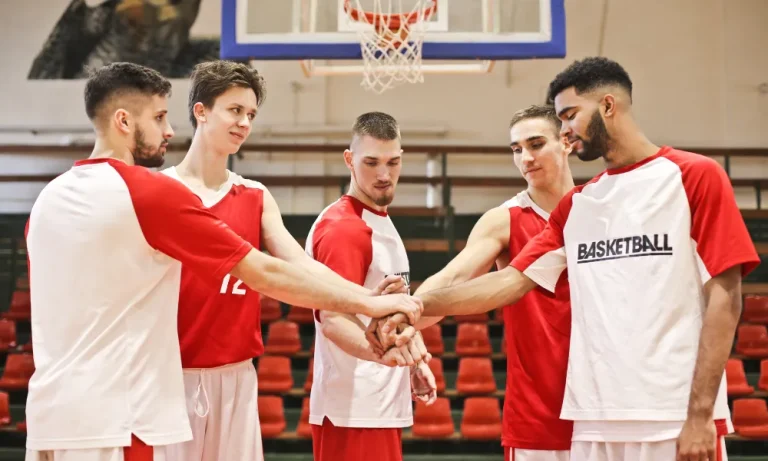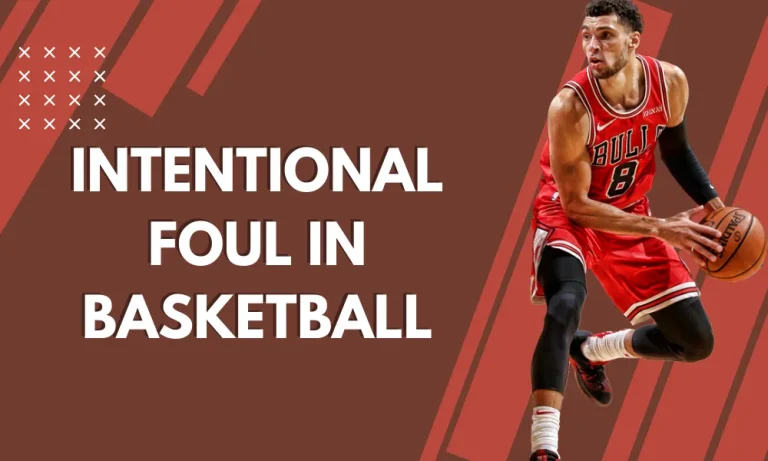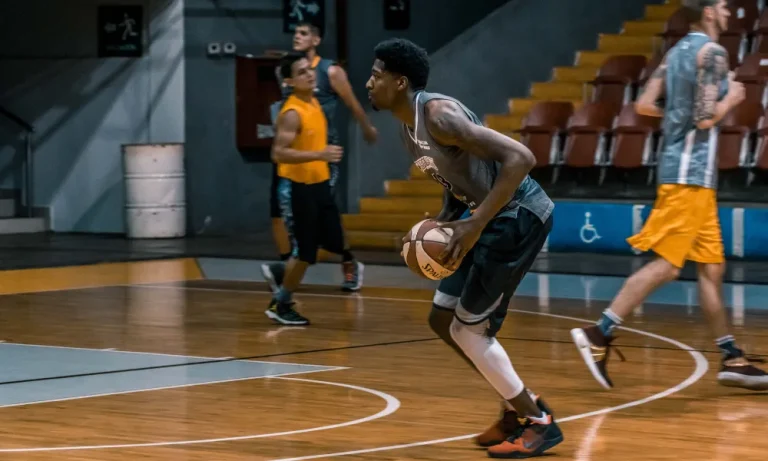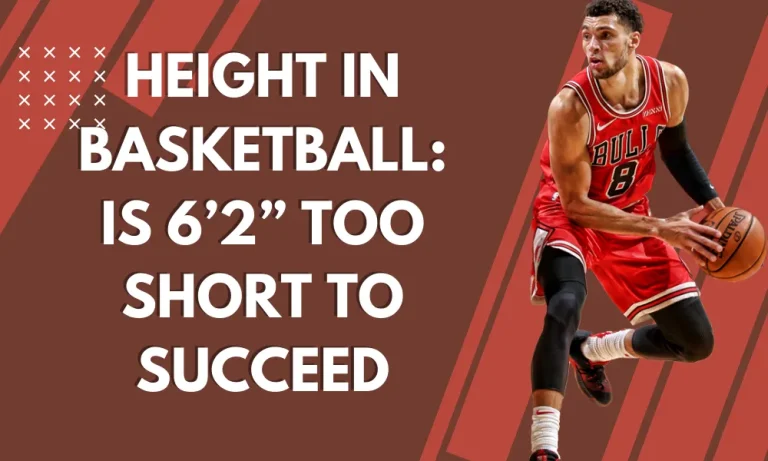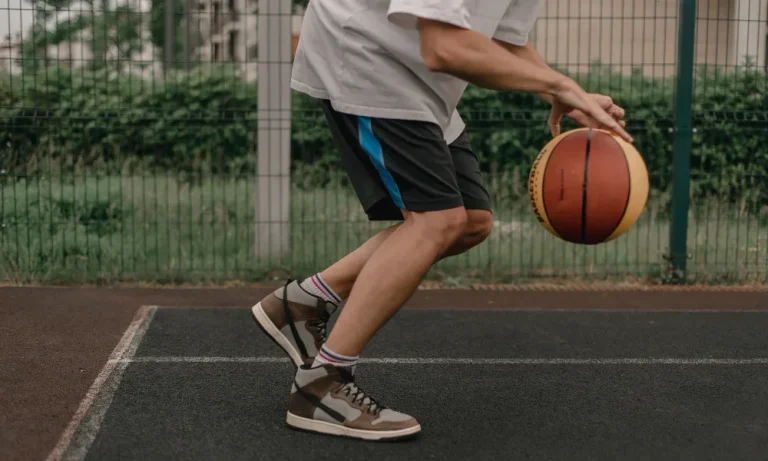What is the Most Difficult Position in Basketball?
Basketball is a game of skill, strategy, and teamwork. But have you ever wondered which position on the court is the most challenging? From point guards to centers, each role brings its unique set of demands.
In this blog post, we’ll dive into the debate and explore what makes a position the toughest in basketball. Get ready to unravel the secrets of the court!
Understanding Basketball Positions
In basketball, different positions play a crucial role in shaping the dynamics of the game. Each position comes with its unique responsibilities, skill sets, and contributions to the team.
Here are the five traditional basketball positions and the intricacies associated with each role.
Point Guard (PG)
The point guard is the team’s primary playmaker, responsible for setting up plays, distributing the ball, and coordinating the offense. They possess exceptional ball-handling skills, court vision, and decision-making abilities.
Point guards need to be quick, agile, and have excellent passing skills to create scoring opportunities for their teammates.
Shooting Guard (SG)
The shooting guard is typically the team’s best perimeter shooter and scorer. They excel at shooting from mid-range and beyond the arc. Along with scoring, shooting guards also contribute to the defense, often guarding the opponent’s best perimeter player.
They need to be agile, possess good shooting techniques, and have the ability to create their own shot.
Small Forward (SF)
The small forward is a versatile position that requires a mix of scoring, rebounding, and defensive abilities. Small forwards are often known for their athleticism and versatility on both ends of the court. They can drive to the basket, shoot from outside, and guard multiple positions.
Small forwards need to be well-rounded players with a combination of scoring and defensive skills.
Power Forward (PF)
Power forwards are usually the team’s interior presence, responsible for rebounding, defending the paint, and scoring close to the basket. They are strong and physical players who excel at grabbing offensive and defensive rebounds.
Power forwards need to have a good post-up game, be able to finish at the rim, and provide solid defense in the paint.
Center (C)
The center is typically the tallest player on the team and plays a vital role in defense and rebounding. Centers are responsible for protecting the rim, contesting shots, and securing rebounds at both ends of the court.
They need to have a strong defensive presence, shot-blocking abilities, and be effective at scoring in the paint.
Analyzing the Challenges
Playing basketball at a competitive level requires more than just skill and talent. Each position on the court presents its unique set of challenges that players must overcome.
Physical Demands
Basketball demands a high level of physicality, and each position requires specific physical attributes. Speed, agility, and endurance are crucial for all players, but the extent to which these attributes are emphasized varies across positions.
Guards rely on their quickness and agility to navigate through defenders and create scoring opportunities. Forwards and centers need strength and power to dominate in the paint, while also possessing the agility to guard opponents on the perimeter.
Mental Aspects and Decision-making
Basketball is not just a physical game; it also requires mental acuity and sharp decision-making. Point guards, in particular, bear the responsibility of orchestrating the team’s offense, making split-second decisions, and reading the defense.
They must possess excellent court vision, the ability to anticipate plays and make accurate passes. Other positions also require mental agility, such as shooting guards who need to make quick decisions on when to shoot or drive to the basket.
Unique Challenges Faced by Players
Each position in basketball comes with its unique challenges and responsibilities. Point guards often face intense defensive pressure and must navigate through tight spaces to create opportunities for their teammates.
Centers face the challenge of guarding the paint, contesting shots, and securing rebounds against taller opponents. Shooting guards may need to guard highly skilled perimeter scorers, demanding exceptional defensive abilities.
Debating the Most Difficult Position
When it comes to basketball, there’s an ongoing debate about which position is the toughest to play. Each position presents its unique challenges and requires a specific skill set.
Arguments for Each Position
Point guards are often considered the most challenging position due to their role as the team’s primary playmaker.
They bear the responsibility of setting up plays, making split-second decisions, and reading the defense. The mental and physical demands of this position make it highly challenging.
On the other hand, some argue that centers face the toughest challenges. They must defend the paint, contest shots, and secure rebounds against taller opponents.
The physicality and strength required to excel in the paint make it a demanding position.
Shooting guards are also contenders for the most difficult position due to their dual role as scorers and defenders.
They need to possess exceptional shooting skills while also guarding highly skilled perimeter players. The versatility and skill set required make it a challenging position.
Opinions of Experts and Players
Basketball experts and players have varying opinions on the most difficult position. Some argue that the point guard position requires the most basketball IQ and decision-making abilities. Others believe that centers face the toughest physical challenges in defending the paint.
2 Factors Influencing Difficulty
The difficulty of playing a particular position in basketball is influenced by various factors. From player attributes to team strategies, several elements contribute to the challenges faced by players.
Player Height, Athleticism, and Versatility
Player height plays a significant role in determining the difficulty of a position. Taller players often find it easier to defend the paint and grab rebounds, making center positions less challenging for them.
Conversely, shorter players may struggle to contest shots or score against taller opponents, making scoring positions more difficult.
Athleticism is another crucial factor. Positions like a point guard and shooting guard require quickness, agility, and explosiveness.
Players with exceptional athleticism may find it easier to excel in these positions, while those lacking in athleticism might face more difficulties.
Versatility is also a significant factor. Players who can seamlessly transition between different positions and fulfill multiple roles bring great value to their team.
However, being versatile requires a wide range of skills and adaptability, making it a challenging aspect of playing basketball.
Impact of Team Strategies and Playing Styles
Team strategies and playing styles can significantly influence the difficulty of a position. Some teams emphasize a fast-paced, up-tempo style of play, which requires players to have high endurance and quick decision-making abilities.
Other teams may adopt a more deliberate, half-court style, which demands patience and precise execution.
Additionally, the role assigned to a position within a team’s strategy can affect its difficulty. For example, a point guard who is expected to be the primary scorer may face more pressure and defensive attention, making the position more challenging.
FAQs
What is the most difficult position to play in basketball?
The most difficult position to play in basketball is subjective and open to debate. Some argue that the point guard position is the toughest due to its responsibilities as the team’s primary playmaker.
What factors contribute to the difficulty of a basketball position?
Several factors contribute to the difficulty of a basketball position, including player height, athleticism, and versatility. Player height can affect the ability to defend, score, and rebound effectively.
How do team strategies and playing styles impact position difficulty?
Team strategies and playing styles can significantly impact position difficulty. Different teams emphasize different styles of play, such as fast-paced, up-tempo or deliberate, half-court styles.
Can you determine the most difficult position based on expert opinions?
Expert opinions on the most difficult position in basketball vary. Some experts argue that the point guard position requires the most basketball IQ and decision-making abilities. Others believe that centers face the toughest physical challenges in defending the paint.
What role do individual player skills and attributes play in position difficulty?
Individual player skills and attributes play a significant role in position difficulty. For example, a player’s height, athleticism, and versatility can determine the challenges they face in a particular position.
Conclusion
Determining the most difficult position in basketball is subjective and open to debate. Each position presents its unique challenges, whether it’s the mental demands of a point guard, the physicality of a center, or the versatility of a shooting guard.
Ultimately, it comes down to individual perspectives and the specific context of the game. So, what do you think? Which position do you believe is the most challenging in basketball? Let us know your thoughts and keep the discussion going!

